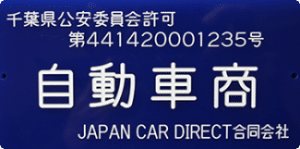Big savings for Americans, Australians, Europeans, Qubecois and Beyond!
Car lovers everywhere are discovering the many advantages of importing older JDM vehicles. In America, JDM vehicles over 25 years old are easy to import and register. They are also exempt from all expensive safety, emissions and other import standards. In Australia, import taxes are much lower for vehicles manufactured before January 1, 1989. And in Europe, there are 12% lower taxes with no import duty on vehicles at least 30 years old. For a 1974 Mercedes C Class sedan valued at $10,000, for example, the savings are a whopping $2,390!
Other advantages to importing older vehicles:
Old cars are more pleasurable to drive. They test your skills instead of pampering you with computer assistance, so you feel challenged, involved and alive. Old cars have more personality. Unlike new cars that are becoming more streamlined every year¬, old cars were sculpted to stand out from the crowd and win your heart with their distinctive charm. Old cars are easier to tune, maintain and repair. They have fewer computerized systems and less tightly packed engine compartments. Old cars were built to last, with thicker materials and rebuildable engines. They keep running strong after newer models die.
Examples of popular old JDM vehicles:
Americans can import pre-1991 versions of the legendary Nissan Skyline R32 GT-R. This remarkable vehicle won all 29 races it entered in the Japanese Touring Car Championship (JTCC) from 1989 to 1993 and was named by Jeremy Clarkson of Top Gear fame as one of the best cars he ever drove. And RWD turbo drift car favorites Nissan Silvia (CA18DET), Toyota Chaser & Mark II (1G-GTE) all started production in in 1988. Australians can import incredibly convenient minitrucks and minivans. And Europeans can enjoy huge savings when importing pre-1975 versions of everyone’s dream car — the Porsche 911 G Series with powerful 3600cc engine.
It makes good sense to import old JDM vehicles:
Whether you’re seeking a vehicle to tune, a classic for your collection, an investment that increases in value or the dream car of your youth, JDM vehicles over 25 years old are a great way to go. At JCD, we export reasonably priced JDM vehicles from used car auctions, specialist dealers and private sellers in Japan to car aficionados around the world. Discover the unrivaled prices and conditions of vehicles available in Japan. Our dedicated team is ready to make your driving dreams a reality.
Nissan Skyline R32 GT-R
The “Godzilla” of Japanese sports cars. Supercar performance, without the supercar price tag!

The only Japanese supercar of its generation. One of the best cars Jeremy Clarkson says he ever drove. The legendary Skyline R32 GT-R.
The Skyline R32 GT-R (Grand Tourismo Racer) — nicknamed “Godzilla” for effortlessly crushing all competitors in Group A Series racing — won 29 consecutive races in the Japanese Touring Car Championship and three consecutive championships in the Australian Touring Car Championship after being reintroduced by Nissan in 1989.
This remarkable track record is part of the reason the Skyline R32 GT-R has such a strong cult-like following among serious car enthusiasts around the world. Other reasons include impressive appearances in games and popular street racing movies like The Fast and Furious series, a reputation for having launched the JDM car scene, a leading role in serious street and drag racing, the exclusivity wrought by a 25-year import restriction in the United States — which finally ended in 2014 — and performance that is nothing short of incredible.
On YouTube, you can watch grown men morph into excited little boys when they punch the GT-R’s pedal and get pressed against the seat. It likes to go fast, revving almost instantly to 8000rpm, and handles almost any road with assurance even after tuners have taken advantage of the unlimited potential of the chassis to upgrade the engine beyond a jaw-dropping 800 hp.
As Nissan’s flagship performance car, the Skyline R32 GT-R showcased some of the company’s most advanced technology. The 2.6-liter RB26DETT twin-turbo inline-six engine was extremely powerful, producing 600 hp in the racing version and 276 hp in the production version. This powerplant was matched with a 5-speed manual transmission, a race-tuned AWD system called the ATTESA E-TS, and a Super-HICAS four-wheel steering system.
The AWD and 4WD systems deliver phenomenal traction and handling. You can push the Skyline R32 GT-R hard around challenging corners without oversteer or wheelspin. It handles the road so effortlessly that even seasoned professionals are often shocked when they take a glance at the speedometer and tachometer.
The Skyline R32 GT-R may not look as streamlined and sporty as European and American supercars from the same era, but it outperforms most with relative ease. This unpretentious, understated styling is one of its many charms of the GT-R. Refined yet ready for business with clean lines, a long hood, four round headlights and a big, serious spoiler, the appearance only matches the aggressive performance when the body is painted up for races, movies and games.
The most sought after version of the Skyline R32 GT-R is the 1990 ‘Nismo’ (Nissan’s motorsport division) edition, because it closely resembles Nissan’s Group A racing cars in both style and performance. Nissan only produced 560 of these Gunmetal Grey gems and transformed 60 into racers.
Americans obsessed with the Skyline R32 GT-R have been waiting an excruciatingly long 25 years to import them from Japan without incurring the wrath of the law. Now that the wait is over, they can import pre-1991 versions from Japan with major import exemptions (except in California, where they must wait another 13 years!). The Skyline R32 GT-R is also quickly gaining value, making it a great investment.
Wherever you live in the world, you’ll find the best deals on a Skyline R32 GT-R are in Japan. Our dedicated team at Japan Car Direct can keep you informed of suitable vehicles on auction every week, arrange for professional third-party inspections, ensure all of your questions are answered, place bids on your behalf, inform you of every detail after successful bids, arrange for the vehicle’s transport to your nearest port and more. We’re here for you every step of the way and dedicated to making the entire process easy and enjoyable.
Porsche 911 G Series
One of the most memorable years in 911 history. The naturally aspirated peak before the turbo invasion!
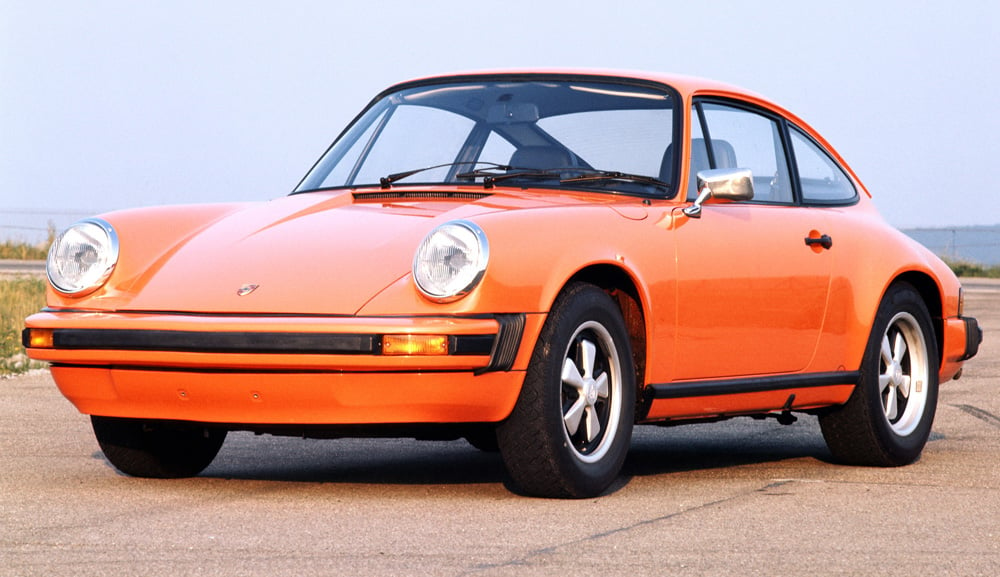
The Porsche 911 ranks among the most coveted cars in history because of its exceptional performance, distinctive styling and racing success. One of the most iconic lines in its 55 year history was the G Series introduced in 1974, which included the standard 911, faster 911S (European Sports version) and high-end Carrera. All were available as Coupés and Targas.
The classic 911 styling unveiled by Ferdinand Alexander Porsche in 1963 is largely untouched in the G Series. However, larger bumpers were introduced to comply with US safety regulations requiring absorption of collision impact at speeds up to 5 mph without damage. The aluminum front and rear bumpers were extended outward to accommodate hydraulic shock absorbers that absorb energy upon impact. Black, accordian-like bellows were also placed at the ends of the bumpers to hide space between the body and bumpers.
The bumpers and bellows were highly criticized when first introduced, but — like the bold new Porsche lettering on the reflector stretching between the tail lamps — soon became beloved trademarks of the Porsche 911. Other exterior changes from previous models included a shorter hood, black trim in place of chrome, front turn signals on the bumpers instead of the fenders, and flared rear fenders on the Carrera. The Carrera also came with cool side stripes and the same ducktail rear spoiler as on the 1973 Carrera RS (standard or optional depending on market).
The six-cylinder, naturally aspirated, air-cooled, 2.7-liter boxer engine produces more practical torque for everyday driving than the 2.4-liter engines of previous Porsche 911s. It also generates 150hp/110kW in the standard 911 with a top speed of 130mph, 173hp/129kW in the 911S with a top speed of 140mph, and 175hp/130kW in the US-bound Carrera with a top speed of 140mph.
These models feature Bosch K-Jetronic fuel injection for low emissions, high efficiency and excellent reliability. Together with other engine refinements, the system helped reduce servicing to once every 12,000 miles, which was excellent in 1974.
Carreras for non-US markets were more powerfully equipped. Fitted with Bosch mechanical fuel injection (MFI), they produced 210hp/150kW with maximum speeds over 150mph. You can take them from zero to 60mph in just over five seconds, making them the fastest normally aspirated 911s for a decade after their production. To better handle the speed, Porsche equipped them with large ventilated disc brakes.
All models featured a standard five-speed manual transmission or optional Sport-o-matic transmission that most owners swapped later with a manual. Aluminum semi-trailing arms in the rear suspension replaced steel ones to lower weight, improve handling and reduce corrosion. Front and rear anti-sway bars were standard on the Carrera and optional on the other models. The Carrera also featured wider rear wheels.
Inside the 1974 G Series, the cabin remains spartan but features higher, more supportive seatbacks with integrated headrests that enhance comfort and safety. The light and quick steering provides supreme agility in city traffic, but demands a subtle touch when taking corners at high speed. Handling, supported by the all-round independent suspension, is more taut and stable than in previous models but retains the classic oversteer tendencies adored by hardcore 911 fans.
G Series 911s are a genuine pleasure to drive and make great investments. This is especially true for Europeans, who enjoy huge savings when importing pre-1975 versions. When you shop around internationally, you’ll discover the best deals are in Japan, where cars are lovingly cared for, auctions offer amazing value and the importing process is simplified by Japan Car Direct.
Our dedicated team can keep you informed of suitable vehicles on auction each week, arrange for professional third-party inspections, ensure all of your questions are answered, place bids on your behalf, inform you of every detail after successful bids, and arrange for the vehicle’s transportation to your nearest port. We are here for you every step of the way, and aim to make the entire process easy and enjoyable.
Porsche 928 S/GT
The Family-Friendly Grand Touring Coupe With V8 Exhilaration!!
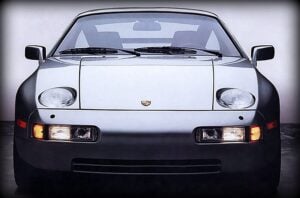
It is no small task to design a replacement for the iconic 911, but that is exactly what German engineers at Porsche set out to do in the late 70’s. What they contrived was a unique and interesting shift in Porsche styling and ambition. Designed by the great Wolfgang Mobius, the 928 combines the speed and power of the 911 with the comforts of a family, luxury sedan.
With a front-mounted V8, engineers were able to set up rear seating which folds down for more storage. Quirky design features like the pop up headlights, rear sun visors and arm rest AC vents set this model apart from the rest. Although Porsche wanted the 928 design to have wider appeal in the market as a practical hatchback, they did not compromise on power with a later model engine capable of up to 330hp in certain markets. The water-cooled M28 engine allowed for longer sustained periods of high speed driving than its cousins, yet the drive was more quiet, comfortable, and easier to handle than the 911.
Engineers achieved driving stability and comfort by balancing the cars weight. The transmission was placed in the rear of the car on the axle to counteract the massive 16 valve V8. The 928 was also the first Porsche to use multiple materials for its body. The rear body and chassis are made of steel, but the bonnet, fenders, roof and doors are made of aluminum. The aluminum body in addition to light weight plastic front and rear bumpers allowed for stability without losing on performance. The light weight and eventual addition of electronic fuel injection made the 928 a more eco-friendly option in the performance car world.
Styling changes in the early Eighties solidified the 928 as an iconic performance car. Front and rear spoilers first became an available feature on S models but eventually became a standard for all. The spoilers became bigger, badder and so did the wheels. Originally manufactured with room for 15” rims, 17” wider wheels became the mainstay and American models looked even prettier lowered with available Bilstein suspension. Celebrities like Eddie Murphy, Tom Cruise and Charlie Sheen all owned a 928 and it was a mainstay in Hollywood movies for a decade.
No, the 928 didn’t achieve its goal of replacing the 911, and it is safe to say that is a good thing. Instead, the 928 made a name of its own and is loved Porsche enthusiasts the world over. It truly is a one of a kind Porsche and one solid advantage it has over the 911 is price. We can source a 928 S for as little as 10,000 dollars, with those of the finest condition only reaching 23,000 dollars.
The 928 GT is also now available to import to the states! Japan Car Direct is your Porsche expert for sourcing a 928 that meets or beats the customer’s expectations. Give us a call and ride sleek today!
1990 Suzuki Carry Minitruck
Hugely popular in Japan and throughout Asia for 55 years, minitrucks offer unbeatable value and practicality.
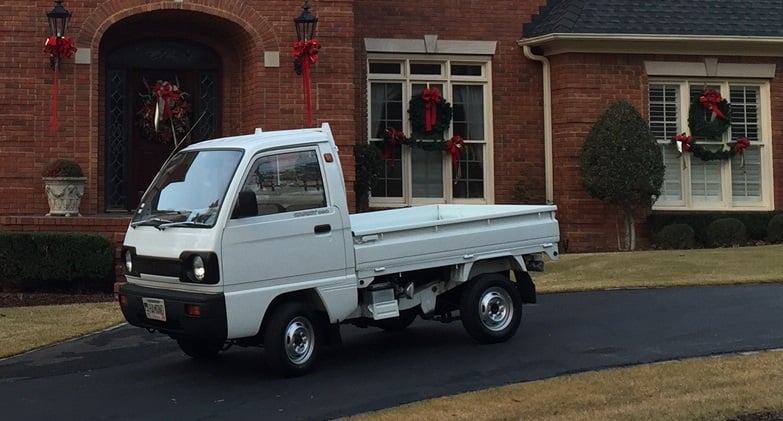
Everywhere in Japan, you see minitrucks in action. Their unrivaled value and practicality make them a favorite among farmers, hunters, carpenters, firefighters, landscapers and businesspeople of all kinds for almost any purpose you can imagine.
The Suzuki Carry has been one of the world’s most popular minitrucks since 1961. Its appeal continues to grow throughout Asia and the West, where more and more people are importing used models from Japan for use on farms, ranches, golf courses, campgrounds, college campuses, airports and by hunters.
As a utility vehicle, the Suzuki Carry minitruck is hard to beat. It fits in smaller spaces and takes narrower trails than regular pickup trucks. And its 1.8m (6ft) bed carries an impressive 375 kilograms (825 pounds) of cargo — over half of the vehicle’s own 700kg (1,500lb) weight. Loading and unloading are extremely easy because the bed height is low and the sides can be folded down. In fact, you can easily remove the tailgate and sides to create a flat deck for extra-large cargo. These are major advantages over smaller alternatives like golf carts, ATVs and Kawasaki Mules.
The space-efficient cab comfortably seats two adults and provides all basic amenities you need, including seatbelts, windshield wipers, a radio, heater, defroster and optional air conditioner. The dashboard is simple and leaves plenty of legroom and space for mounting audio components.
All parts of the Suzuki Carry are tough and durable. 4WD versions handle extreme terrain like mud, steep hills and rocky trails remarkably well. The differential can be locked by simply pressing a button in the center of the dashboard.
The bulletproof, liquid-cooled 3 or 4 cylinder 660cc engine offers good torque for climbing, pulling and hauling as well as outstanding fuel efficiency (over 17km/l (40mpg)). It also smoothly powers the Carry at highway speeds up to 120 km/h (75 mph).
Maintenance and repairs are extremely easy for weekend mechanics to handle themselves. You can lift a panel in the bed to access the transmission, carburetor or distributor cap; remove the front passenger seat to access the alternator, airbox and carburetor; or remove the driver’s seat to check the windshield wiper fluid, oil, spark plugs or timing belt. The seats are easily removed in a couple of seconds.
On the internet you can find examples of minitrucks transformed into firetrucks, snow plows and more. Bed options like dump beds, scissor lift beds, extended cabs and microvan bodies make for limitless possibilities. While handsome in stock form, the Suzuki Carry looks fantastic when repainted dark colors and fixed up with additions like lift kits for greater clearance, heavy duty springs for very rough terrain, sporty wheels and knobby off-road tires.
The 1990 Carry minitruck shown in the photo was recently imported from Japan to its proud new owner in Alabama, USA. It came from the eighth of eleven Suzuki Carry generations produced so far and has a more rounded and refined body than earlier generations, plus a more powerful multi-valve, fuel-injected 657cc engine (38 to 58 PS) that was first introduced in 1989. As you can see, it’s in great condition with standard white finish and all-stock components like many other Suzuki Carry minitrucks lovingly cared for in Japan. These 25 year old plus minitrucks can be easily imported into any State and driven on any road all the way from Miami to Alaska!
We highly recommend these affordable, practical and extremely reliable used vehicles, which we ship by the dozens every year to happy owners around the world. At Japan Car Direct, we can keep you informed of suitable vehicles on auction each week, arrange for professional third-party inspections, ensure all of your questions are answered, place bids on your behalf, inform you of every detail after successful bids, and arrange for the vehicle’s transportation to your nearest port. We are here for you every step of the way, and are dedicated to making the entire process easy and enjoyable.
Honda Acty (Street) Van
Durable enough for a tradesman and comfortable enough for a family road trip!
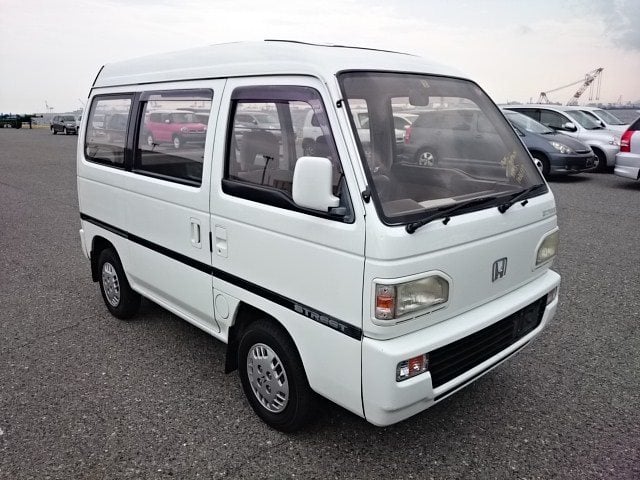
Honda began production of a new work van all the way back in 1979, and it was much smaller than newer models. The first generation was designed to be economical for both Honda and the customer alike. The first versions of the Acty van borrowed just about everything from Honda’s mini truck design, including the chassis, 2-cylinder 28HP engine, and distinctive round head lights.
Just three years down the road Honda introduced the Acty Street in 1981. The new creation featured its own, unique design features such as rectangular headlights, eye line trim, the quirky center-latch sliding door, and even an optional popped roof feature. The EH 550 cc engine was used in the first TN, TA or TC Street models. Though the Street was designed purely as a passenger vehicle it still lacked some amenities like air conditioning.
In 1988 the second generation van brought more power and torque to the table with the VD models. The heart of the machine was upgraded to the 550cc water cooled overhead cam E05 inline 3-cylinder SOHC engine. Air conditioning also became an optional feature. Then in 1990 the Kei laws changed in Japan and the second generation Acty had a growth spurt.
The new HH3 and HH4 models now measured a much roomier 10’8” x 4’6” x 6’0”, which is the standard to this day. The van was also given a face lift with larger rectangular headlights, molded side panels, decals and dual sliding doors. The new E07A engine was loaded underneath the front seats and the 660cc inline 3-cylinder SOHC powerhouse kicked the horsepower up to 38 at 5300rpm with max torque of 5.5/4500rpm. From this time Honda also began production of the Acty van with a 3-speed automatic transmission alongside its manual real-time 2 and 4 wheel drive models. They also used an independent front suspension with coil over struts and control arms, allowing for a quiet, smooth ride. Toward the end of the second generation, in addition to air conditioning, features like fuel injection and power steering became standard.
Midway through its second generation the Acty van came into its own as an economical yet comfortable Kei vehicle that became even more popular with tradesman and families alike. The Honda Acty seats 4 people, but if you flip the rear seats down you are left with an amazing space that sleeps two adults. It measures roughly 6’ x 4’ with the rear seats down flush and the popped roof option gives nearly 5’ of vertical clearance!
It is perfect for holding tools, material, machinery and even ladders inside, protected from the elements. The added amenities and power also made the Acty van an ideal family car. Available 5-speed manual gave the van a smooth ride at high speeds, perfect for long hauls or road trips. The 5-speed manual 660cc can top out at 90 mph and when you’ve reached your destination just fold the seats down to transform your van into an apartment on wheels!
The third generation brought even more changes to the Acty van and it was rebranded as the Honda Vamos in 2001. The Vamos is still in production today and is one of the most popular Kei vans in Japan. An even more powerful engine, the E07Z inline 3-cylinder, brought the horsepower up to 46/5500rpm. Honda continued to improve the Vamos by adding turbos, incline assist and ABS brakes. The newest models come with optional dual automatic sliding doors, auto braking systems, satellite navigation with back camera, and rear heating to name a few.
The Acty Street featured in the picture above is a 1991 HH3 2wd model with sunroof and air conditioning. This Street has been driven 81,000 km in 25 years which is approximately 2,000 miles a year! Its previous home was Okayama Prefecture in the South of Japan where the warm climate causes very little wear and tear on vehicles over the years. Something unique to this particular van is the additional stereo and speaker system that was installed by the previous owner. He left a cassette tape of traditional Japanese music inside so our US customer happily drove his baby home from the port in the most Japanese way possible!
Kei Vans are by far the quirkiest, coolest, most reliable and versatile vehicles around. Whatever your needs, Japan Car Direct has the information and experience necessary to find vehicles in the very best condition at the industry’s lowest all in price, including customs clearance on your side. Contact us and get your hands on your dream van today!
1996 Daihatsu Midget II
Japan’s quirkiest, most irresistible JDM kei truck is finally legal in the US.
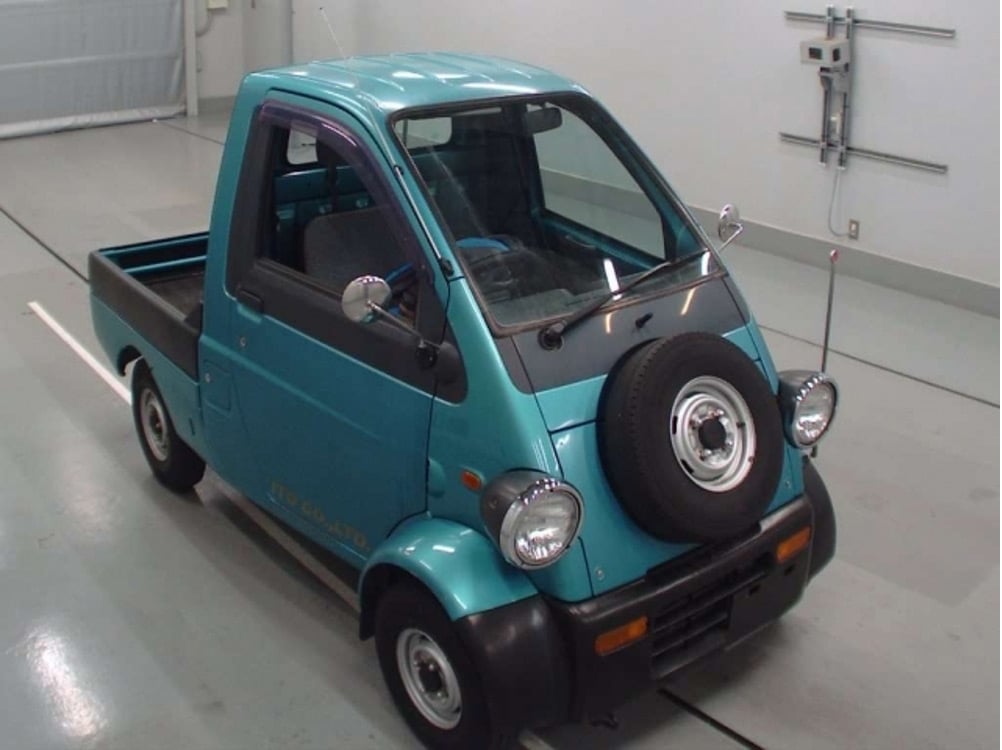
With the arrival of its 25th birthday in 2021, the beloved Daihatsu Midget II kei truck finally becomes legal in the US! So Americans can now import them from Japan — at extremely low vehicle and shipping prices.
The Daihatsu Midget II is easy to fall in love. Just ask Canadians who have been importing them through Japan Car Direct since 2011. Fun, affordable and refreshingly distinctive, they offer practical cargo carrying capabilities, easy maneuverability and peppy performance that has no trouble keeping up with city traffic. Check out this example in Seattle, which turns on a dime and gets thumbs up from passersby.
A short history
Daihatsu Midgets were originally sold in the 1960s as three-wheeled mini utilitarian vehicles popular with farmers and small businesses seeking ultimate practicality and value. Their production was discontinued in 1972.
With the arrival of the kei car boom in the 1990s, old Midgets started looking great again. So Daihatsu introduced the Daihatsu Midget II, which was produced from 1996 to 2001. Only this time, there were four wheels instead of three, a distinctive hood-mounted spare wheel, and dramatically protruding front fenders that make even Porsche 911 Turbo rear fenders look tame.
Small businesses throughout Japan snapped them up for their unbeatable value, cool retro looks and easy-to-park dimensions.
A pickup or minivan with one or two seats
The Midget II is available as a kei truck or kei van, giving you a choice of easy cargo access or weather protection. Daihatsu also provided the choice of one or two seats, foreseeing that many small business owners would only use them for deliveries and prefer a single seat. It’s kind of cool driving around on a feature usually reserved for supercars. In vehicles with two seats, there is just enough space to accommodate two adults.
Practical pickup bed
The cargo bed provides about a square meter of storage space and carries up to 330 pounds (150 kilograms), which isn’t bad for a little pickup that’s only about 9.5 feet long and 4 feet wide. Handsome black panels around the bed help prevent spillage, but many owners remove the panels to reveal the inner rails that are handy for tying down boxes, furniture, kegs of beer and other cargo.
Peppy and reliable performance
The 659cc water-cooled inline 3-cylinder OHC engine is simple, reliable and easy to maintain. It only produces about 31 horsepower, but this is more than enough for everyday driving in such a lightweight (1,213 pound) vehicle. Top speed is around 70 mph, fuel economy is an impressive 18.8 mpg and the 8.19 gallon fuel tank ensures minimal fuel stops. The engine is teamed with either a 4-speed manual or 3-speed automatic.
Easy maneuverability
As you might imagine, the Midget II is easy to maneuver. Its turning radius is 11 feet 9.7 inches versus around 34 feet 5 inches for an average passenger car. Moreover its rack and pinion steering is power assisted. So parking and U-turns are a cinch. A McPherson strut coil spring suspension in front and rigid axle leaf spring in back ensure comfort and stable handling.
Personalized looks and configurations
While the hood-mounted spare wheel is one of the most recognizable characteristics of the Daihatsu Midget II, some owners remove the cover for a more utilitarian look, or remove the spare wheel altogether for a sleeker appearance. The body is attractive in any color from sparkling black with touches of chrome to vibrant yellow. You can also find the Midget II in various configurations including a mini camper, postal delivery truck, woody and tow truck (for pulling other kei vehicles I assume).
This particular 1996 Daihatsu Midget II
We purchased this green 1996 Daihatsu Midget II single-seater kei truck at a used car auction in Japan for a very reasonable price and shipped it to a happy customer abroad at a surprisingly low rate because it’s so small and lightweight. Cool doesn’t come much smaller than this.
Like most of the Daihatsu Midget II’s we’ve handled (and we’ve handled quite a few), it’s been extremely well cared for and runs like a charm. Almost everything is original and in great condition, reflecting how well designed and long-lasting these vehicles are.
Much of the body still looks pretty new and the missing spare cover can easily be replaced. This vehicle includes an optional air conditioner that powerfully and efficiently keeps the cabin cool in hot weather. It does not include the 4WD option, but we can source 4WD Daihatsu Midget IIs as well.
Contact Japan Car Direct
If you’re looking for unparalleled value, practicality and fun, the unique Daihatsu Midget II may be just the ticket. Contact Japan Car Direct for more information about purchasing a used JDM vehicle in Japan and importing it to your home country at a price that puts a smile on your face.
Examples of 25 year plus Classics Sold and Exported by Japan Car Direct
1991 Honda Beat E-PP1
The Honda Beat mini midship roadster. As fun as a supercar at a fraction of the cost!
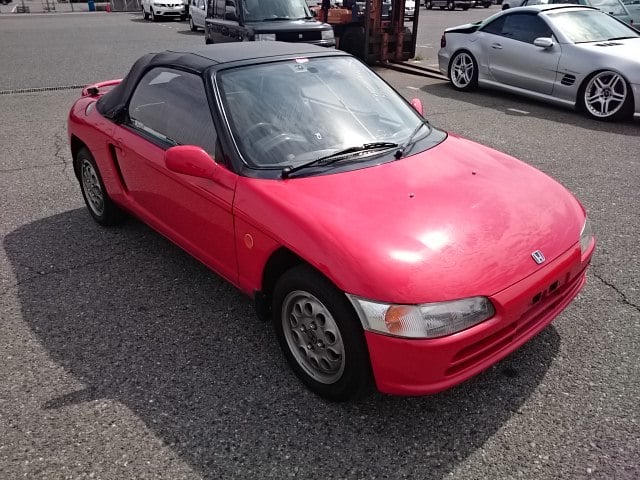
1988 BMW E30 M3
Racing machine meets four-seater in one of the greatest cars of all time.
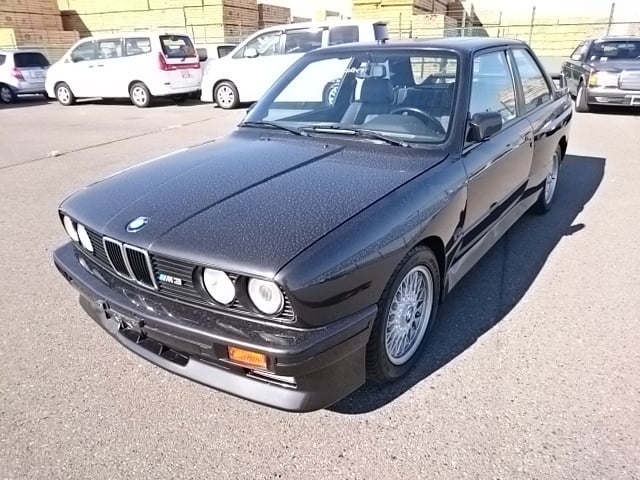
1991 Honda NSX NA1
The allure of Ferrari meets the practicality of Honda in the NSX NA1 — an exotic midship RWD sports car designed by purists for purists.
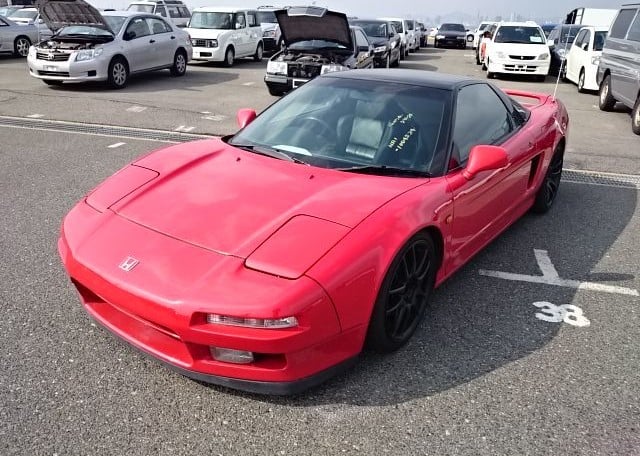
1990 Austin / Rover Mini Era
What can be better than an Austin / Rover Mini for fun driving? Well, a Mini Cooper, obviously. And better than a Mini Cooper? Well, well…..a Mini Era, doubly obviously.

1991 Nissan Silvia
The “Drift Machine!” Rear wheel drive, 4 cylinder DOHC turbo engine giving 205 stock hp….smoke on!

1990 Land Cruiser 80 series
Rugged, reliable and still looking great! The 1990 Land Cruiser 80 series.
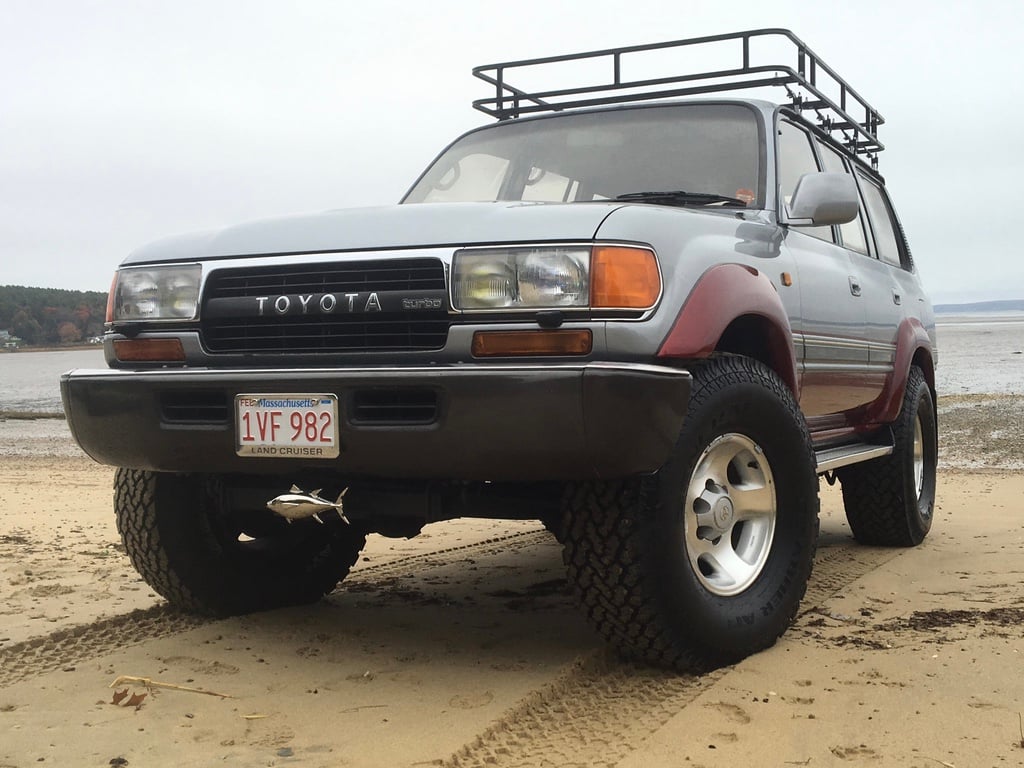
1991 Nissan Figaro
The coolest little retro on the planet! The Nissan Figaro.
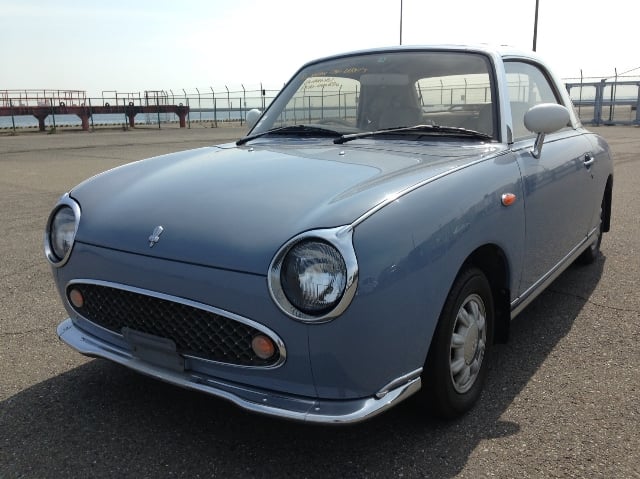
1988 Suzuki Alto Works
Serious fun here, Guys. Serious motoring fun. This is a 1988 Suzuki Alto Works. Just sold to a lucky fellow in the USA. Do not miss a chance like this.

1982 Renault 5 Turbo
Still cool after all these years, the radical Renault 5 Turbo!

1991 Nissan Skyline R32 GT-R
The only Japanese supercar of its generation. One of the best cars Jeremy Clarkson says he ever drove. The legendary Skyline R32 GT-R!




